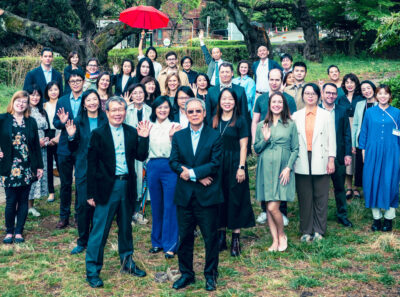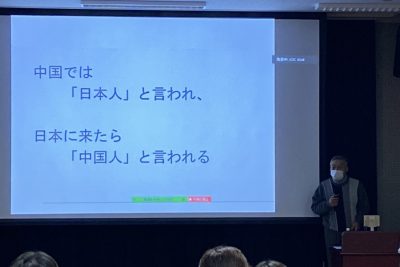letters from cities #01: what is “dense”?
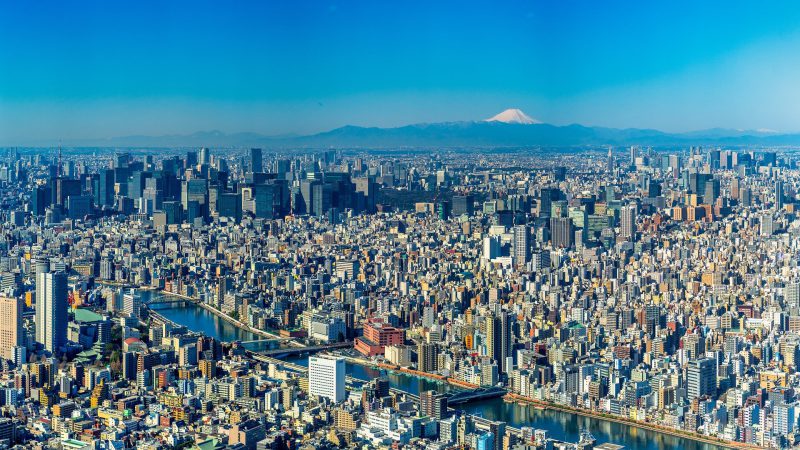
Recently, I relocated to Tokyo and found myself nesting in Mejirodai (目白台), an old neighborhood located in Bunkyō-ku (文京区) within Tokyo’s 23 special wards. Being a Tokyoite newbie playing an urbanist role, wandering around the neighborhood to sate my curiosity about Japan's urban everyday living has certainly become my delight.
Tokyo may rank the most populous city in the world (this often refers to the Tokyo Metropolitan Area). But Tokyo, at the neighborhood level, may not be as dense as we thought. I base this perspective on my daily walks around Mejirodai and other neighborhoods.
My naïve sense says that Tokyo’s neighborhoods are generally dense. They are tightly planned where roads are mostly narrow (it amazes me how cars can make a perfect turn here!) and form a maze-like connectivity. Buildings constructed primarily as single-family houses and low-rise apartments with slim gaps between them, a typical high-density low-rise typology (kōmitsu teisō) of neighborhoods in Tokyo[1].
Compared to neighborhoods in Singapore or Beijing where I have lived before, Tokyo’s neighborhoods seem somehow less dense. Interestingly, by the numbers, Tokyo’s 23 wards are not too far below Singapore in terms of density (the difference is about 14 people/hectare between Tokyo and Singapore)[2][3], while Tokyo and Beijing have quite similar urban densities[4]. The scale effect may contribute to such a perceptual fallacy when comparing density between cities and neighborhoods; biases can occur due to inconsistent, arbitrary boundaries in defining the density of a particular area and the usage of aggregated spatial data. Nonetheless, my impression of density is likely stimulated by my senses rather than numbers.
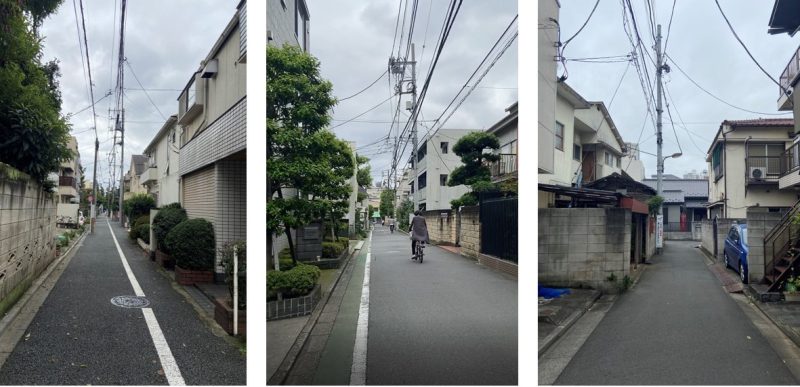 Figure 1. Typical Mejirodai neighborhoods in Tokyo.
Figure 1. Typical Mejirodai neighborhoods in Tokyo.
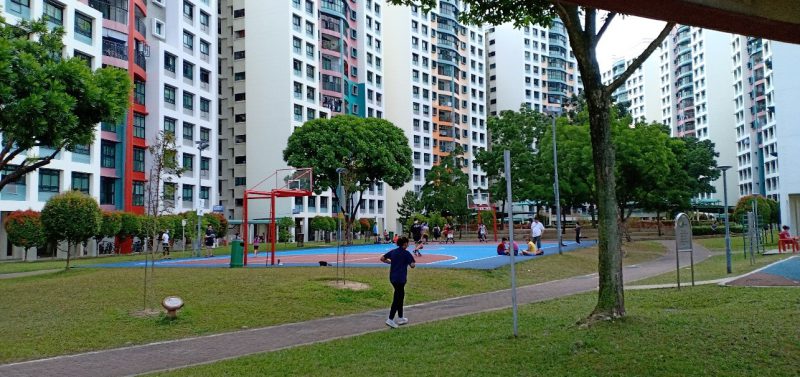 Figure 2. A typical neighborhood in Singapore’s public housing estate.
Figure 2. A typical neighborhood in Singapore’s public housing estate.
Discussion about the perception of density is based on the experience of density at the ground level[5]. In other words, perceived density is shaped by various aspects that people sense as they walk through urban spaces (e.g. distance between buildings, building heights, sky visibility, presence of people). What people perceive in a given situation then shapes their cognitions, and this process can be variously influenced by one’s background, perspectives, and expectations. The Cognitive-Behavioral Therapy model also highlights that people’s beliefs, judgments, and behaviors in reference to a particular life event are influenced by prior life events[6]. While those argumentations are largely situated within discourses from psychology and behavioral sciences, their usefulness in understanding the mechanisms of the relationship between people and urban spaces is increasingly recognized. Key works by scholars such as Kevin Lynch (The Image of the City), William H. Whyte (The Social Life of Small Urban Spaces), and Jan Gehl (Life Between Buildings: Using Public Space) have provided the much-needed background on the influence of spatial cognition on human behaviors in urban spaces.
The discourses of cognitive science in understanding density, however, remain limited. Studies often rely on numbers than perceptions. This gap in the literature leads to a segmented understanding of the impact of density on people. High density is widely acknowledged as a more sustainable model for urbanization, but excessive density can pose threats for social well-being for example. High density can create a propinquity effect—in other words, people who live closer to one another have a stronger tendency to create social relationships than those who live further apart[7]. At the same time, high density can also be perceived as crowdedness which potentially leads to social withdrawal[8]. Hence, we need to consider density as both hard (quantitative) and soft (perceived, qualitative) aspects of urban spaces[9].
In rapidly urbanizing cities, densification has become a key planning exercise, yet some critical questions remain unanswered. What qualifies as “dense” in perceptual, non-numerical terms? How much density is “dense”? Relatively few studies have attempted to answer those questions. This has led to challenges in generalizing planning policies and design recommendations. But, is it even possible to generalize? It seems that we do not fully understand what density is, at least in the scope of people’s everyday lives. More studies are urgently needed in this area.
References
[1] Mizuguchi, S., Almazán, J., & Radovic, D. (2012). Urban Characteristics of High-density Low-rise Residential Areas in Tokyo. https://www.researchgate.net/
[2] Tokyo’s population density. https://www.metro.tokyo.lg.jp/
[3] Singapore’s population density. https://www.singstat.gov.sg/
[4] Demographia World Urban Areas. 17th Annual Edition: 202106. (2021). In Demographia. http://www.demographia.com/db-
[5] Tonkiss, F. (2014). The Social Life of Urban Form: Size, Density, Diversity. In Cities by Design: The Social Life of Urban Form. Polity Press.
[6] González-Prendes, A. A., & Resko, S. M. (2017). Cognitive-behavioral therapy. In Advances in Experimental Medicine and Biology (Vol. 1010, pp. 321–329). https://doi.org/10.1007/978-981-10-5562-1_16
[7] Cabrera, J. F., & Najarian, J. C. (2013). How the Built Environment Shapes Spatial Bridging Ties and Social Capital. Environment and Behavior, 47(3), 239–267. https://doi.org/10.1177/0013916513500275
[8] McCarthy, D. P., & Saegert, S. (1979). Residential Density, Social Overload, and Social Withdrawal. Residential Crowding and Design, 6(3), 55–75. https://doi.org/10.1007/978-1-
[9] Boyko, C. T., & Cooper, R. (2011). Clarifying and re-conceptualising density. Progress in Planning, 76(1), 1–61. https://doi.org/10.1016/j.progress.2011.07.001


